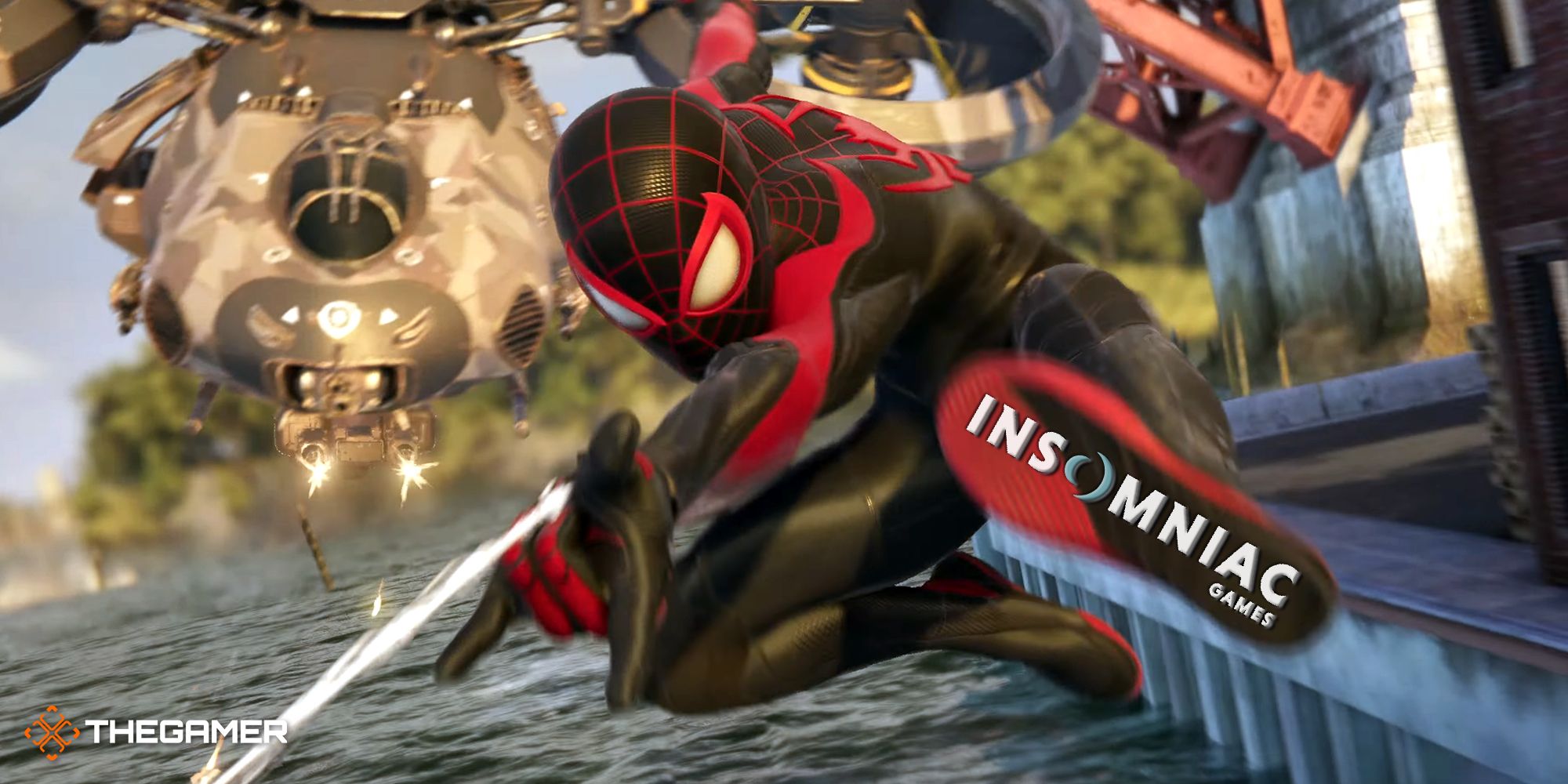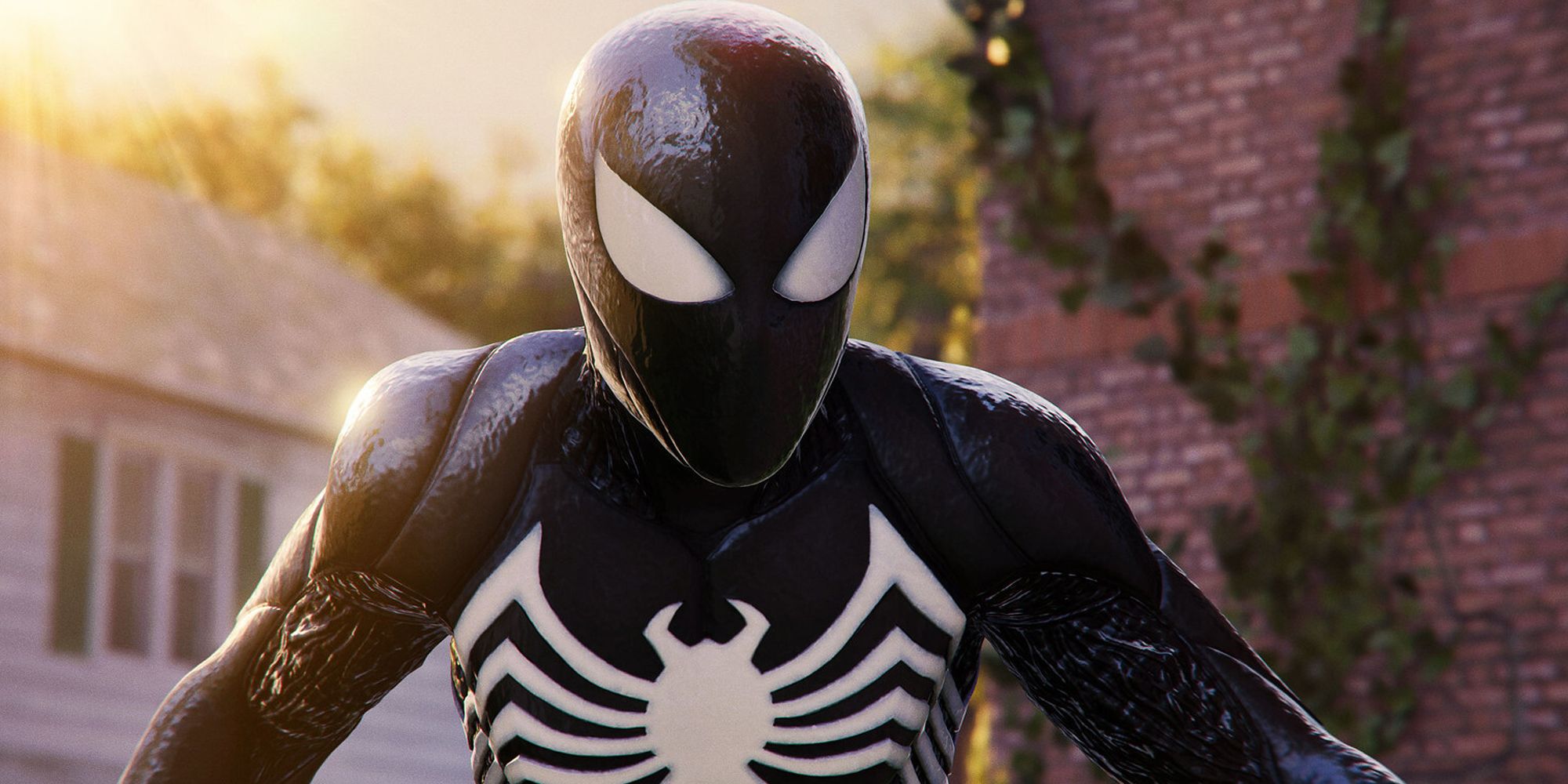Over the years, triple-A development cycles have gotten painfully long. Rockstar launched three generation-defining Grand Theft Auto games in three years on the PlayStation 2, but if GTA 6 arrives in 2024, it will have been 11 years since the series' last game. Similarly, Naughty Dog's Jak & Daxter trilogy all hit the PS2 over the span of three years, while The Last of Us Part 2 was seven years in the making. Of the developers that were around at that time and still operating today, Insomniac is one of the few that can still pump games out at a steady rate.
Not quite as steady as the old days, mind you. Back on the PS1, the developer released one Spyro game per year from 1998-2000, and on the PS2 and PS3 its output was just as consistent as it moved onto Ratchet & Clank. A new game in the backpack platformer series hit store shelves nearly every year from 2002-2013, with the only exceptions being 2006 and 2010. Even then, it released the first Resistance game in 2006, and doubled up in 2011, with Resistance 3 and Ratchet & Clank: All 4 One.
Insomniac has put out fewer Ratchet & Clank games since 2013, but that's largely because it has diversified its portfolio. In 2014, it branched out with the colorful third-person action game Sunset Overdrive, an Xbox exclusive. In 2015, it released four games, three mobile games and a smaller PC title, and none of them were tied to its existing franchises. Since then, it has made a slew of VR games, two Ratchet & Clanks, and two Spider-Man games with another on the way.
In a world where games keep getting bigger and longer with exponentially longer development cycles, Insomniac points to a different, better way. Ratchet & Clank: Rift Apart looks significantly prettier than the first Ratchet & Clank from 2002, and the power of the PS5's SSD allows it to incorporate mechanics that wouldn't have been possible 20 years ago. But the new R&C is roughly the same length as that first R&C. HLTB estimates that Rift Apart takes 11 hours if you just want to complete the main story, and 18 hours if you want to do everything the game has to offer. That actually makes Rift Apart shorter than the original game, which weighs in at 12 hours for the main story and 25 hours for a completionist run.
It actually shocked me a little bit when I read that. I expected Rift Apart to be slightly longer than the first game, not the other way around. It's basically unheard of for a new game in a long-running series to be shorter than the first entry. God of War: Ragnarok, The Last of Us Part 2, Horizon Forbidden West, Red Dead Redemption 2 — all of these titles dwarf the games that their respective studios were making in the PS2 era. Insomniac's willingness to make smaller games seems to be directly tied to its ability to make those games on a consistent basis. There are very few studios still working that reliably put out a new game every year or every other year and Insomniac is one of them.
Games have gotten bigger and bigger for so long that it sometimes feels like the only option for a triple-A series is to expand and expand. Bloat is one of the defining features of modern gaming. But Insomniac shows that another way is possible. And that other way has resulted in three Spider-Man games in five years, so we should probably take it seriously.


